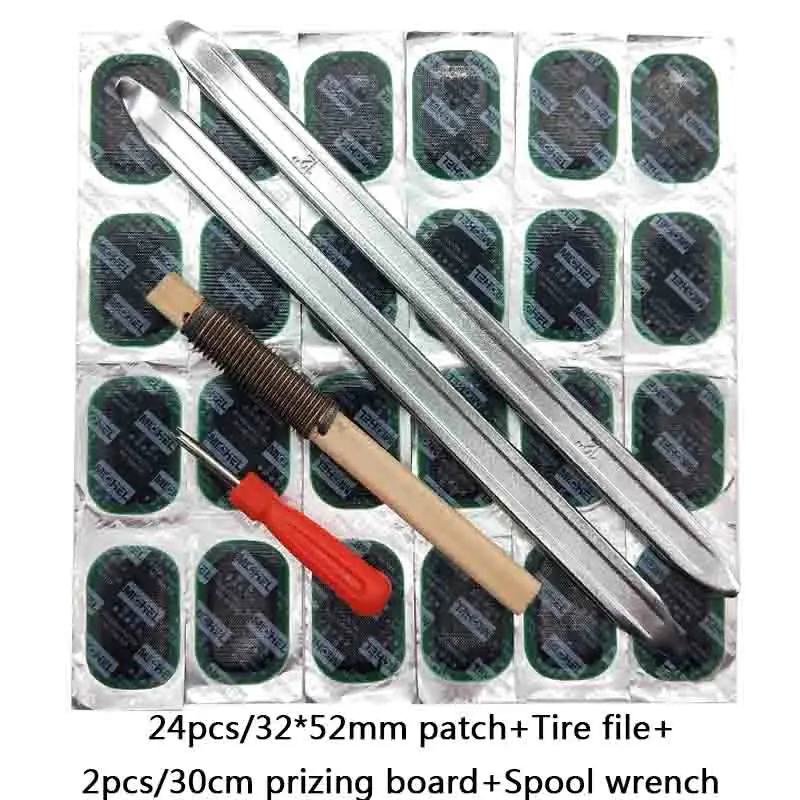Tire plugging is the fastest method to repair a punctured car. Tire plugging uses a cord to prevent the airhead from escaping. If you are an experienced person, you can avoid damage to your car with simple tips.
So, how long does a tire plug last? Most manufacturers say that plug versions can last 7-10 years if installed correctly.
Yet, this number is meant as a reference because you can’t always fix it perfectly. The article gathers useful knowledge and some of the most frequently asked questions about tire plugs. Let’s scroll down to read more information!
Buy Best Tire Repair Kits at Amazon.com
What Is A Tire Plug?It is the primary tool in the repair by plugging method. From the outside, it looks like a standard wire, and the structure is quite remarkable; it is a sticky object; depending on the case, the item can expand or contract to match the size of the hole.
Its working principle is also quite simple: after being inserted into the tire, the plug wire will sense the pressure, determine the shape of the wound, and then automatically expand to adapt.
In addition, the material that makes the wire must be guaranteed to meet the standards, confirming the certainty so that after the air is pumped in, there will be no problems.
There is no denying the convenience that the plug method brings, and you can even repair it without removing the tire from the rim. You can even plug in the tire in some exceptional cases, even when the wheels are connected.
How Long Does A Tire Plug Last?When a vehicle is repaired correctly and maintained, a plug’s life span can last up to 7-10 years. It is an unbelievable number for a wheel that has been repairable.
However, manufacturers advise users not to overdo patching like this in practice. When using too many repair measures, the impact will affect the inherent functions, causing deflation and explosion.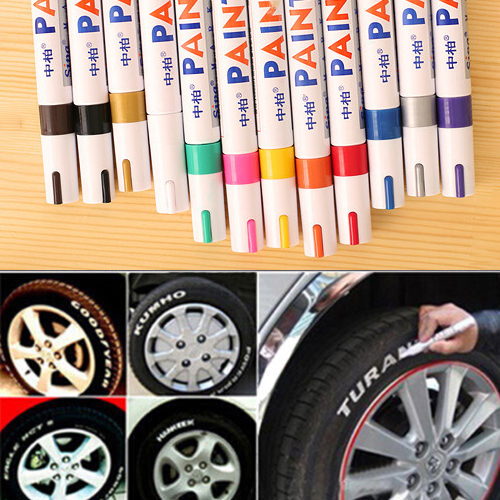
When traveling on the road, the car’s wheels have problems, do not rush to decide when the experience is not proficient; the best way is to take the car to a repair center to have expert advice on the appropriate repair method.
Is Plugging A Tire A Good Idea?Buy Best Tire Repair Kits at Amazon.com
Plugging or patching is only a temporary measure before you have enough time to change into a new tire. The life of a tire after plugging can last from 7-10 years or 25,000 miles; no one can be sure that there will not be any problems.
Plugging in tires will be a good idea, even effective if the wheel is in an emergency that needs to be moved.
Is It Safe To Plug In A Tire?You can safely use your plugged-in tires when traveling in a specific section of the road. Unlike a spare tire, which has a short life, it is possible to prevent air from escaping through a previous puncture completely with a plug repair method.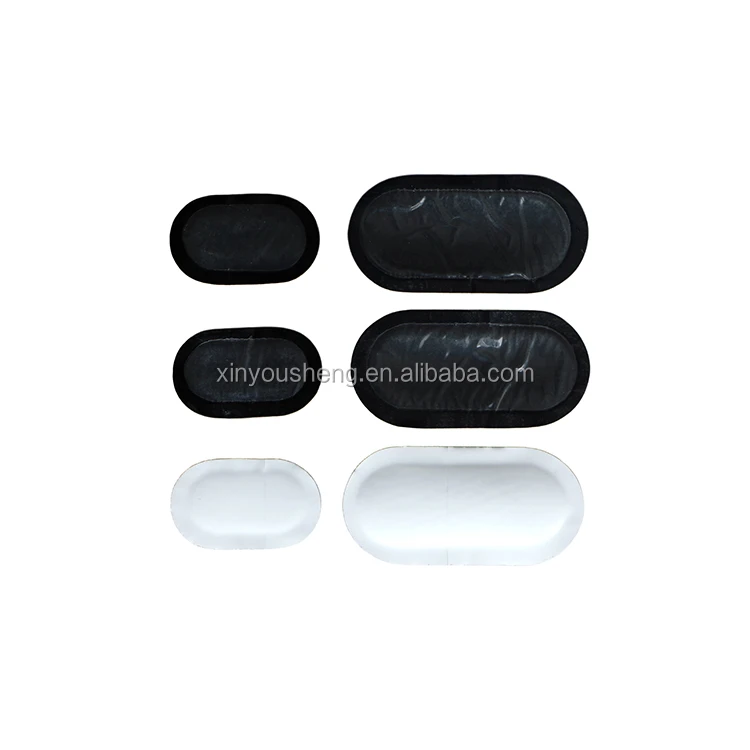
Via many surveys, experts think there is a better measure than a plug – radial patch. It is a suitable method available on almost all popular tires on the market.
The process takes about 30 minutes while using a wire to insert the air hole takes up a few minutes. Both must be vulcanized to reinforce and increase the rubber surface’s certainty.
Is It Ok To Drive On A Plugged Tire?As long as the wound has adequately been reinforced, you are entirely safe traveling by car with tires. The safest time to use is not too long from when you repair using the above method.
Besides, some notes have also ensured stability when operating this type.
However, do not drive when there is a wound near the wall or on the side of the wheel; if the plug diameter exceeds ¼ inch, it is best to replace the tires.
Finally, the body’s weight, do not use plug tires to carry heavy objects; this inadvertently puts pressure on the wheels when the tires are weak.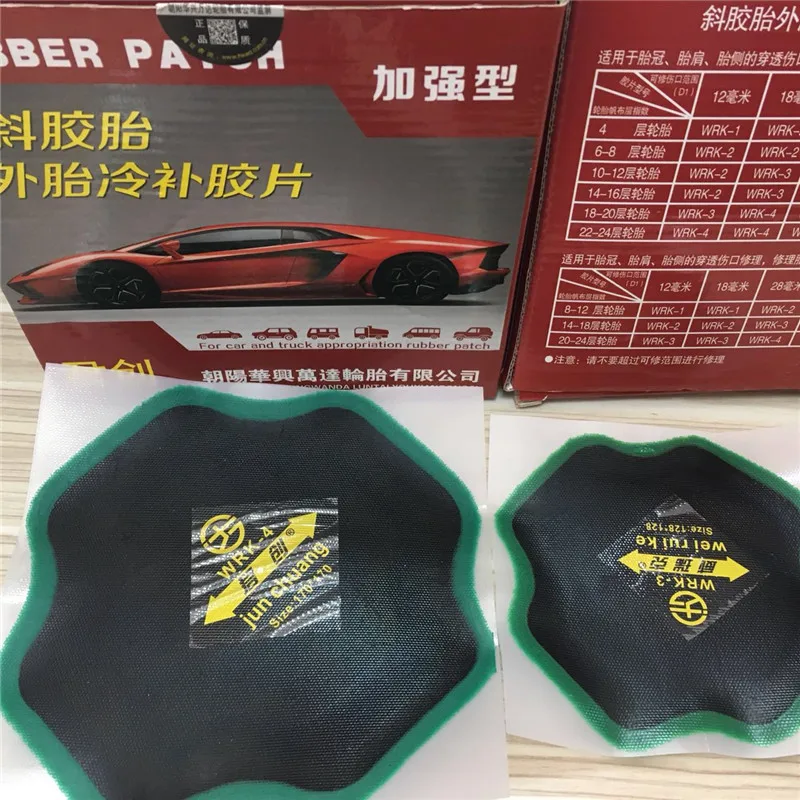
Here are some ways to help you better understand the plugging process.
Step 1: Locate the leakThis step does not require you to remove the wheel altogether, but you can use a jack to support the wheel’s weight, so it is pretty easy to do the following steps.
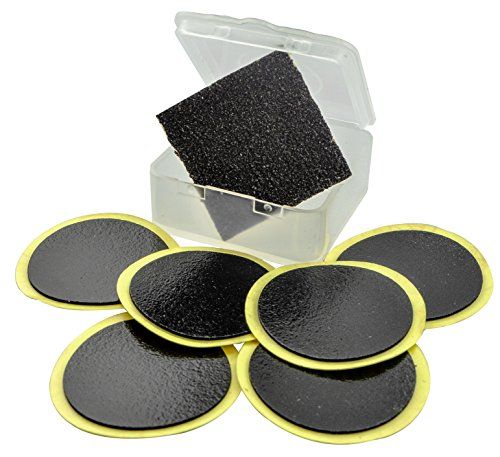
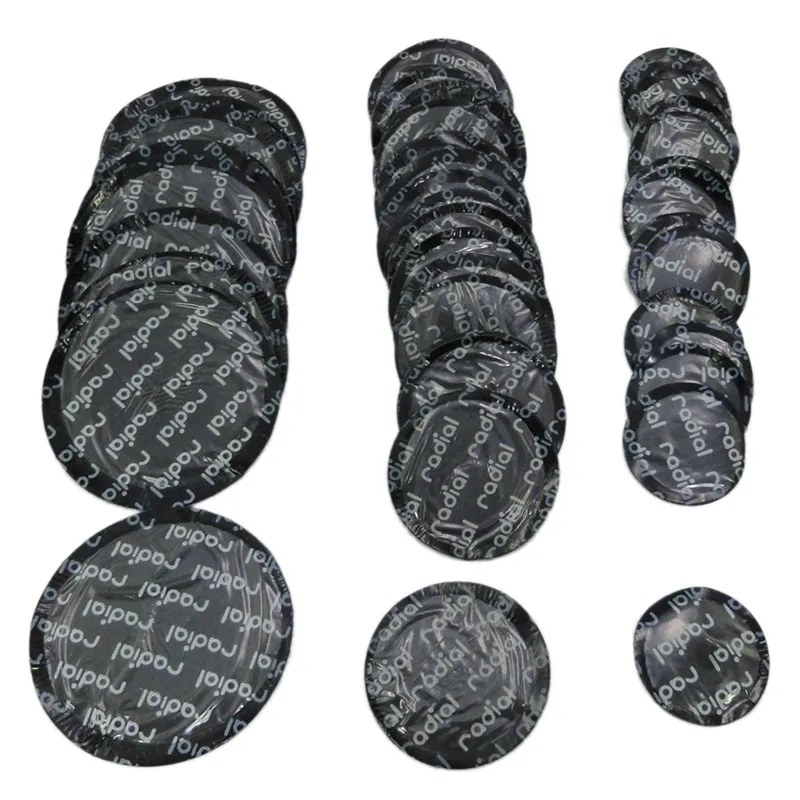
The above article has provided you with knowledge related to plugging or manipulations to perform this process. Hopefully, it will help you when you encounter a similar situation.
This post was last updated onSo, you have a flat tire or one that’s leaking air. It’s not the end of the world. Luckily there are safe and cost-effective ways to properly repair most tire punctures. The purpose of this article is to show you the difference between a safe, permanent repair and a temporary string, plug or patch repair.
It’s not the end of the world. Luckily there are safe and cost-effective ways to properly repair most tire punctures. The purpose of this article is to show you the difference between a safe, permanent repair and a temporary string, plug or patch repair.
According to the National Highway Traffic Safety Administration (NHSTA) and the Tire Industry Association (TIA), the only method to properly repair a tire puncture is to fill the injury with a repair stem and back the stem with a repair patch. This is commonly known as a combination repair or a patch/plug repair.
Patch/plug repairs are most often performed using a one-piece repair unit that combines the repair stem and cap (or patch) into one unit. However, special circumstances may require the use of a two-piece combination repair (ex. If the angle of the puncture exceeds 35 degrees). The repair is then permanently bonded to the inside of tire and through the injury channel using a cold, chemical vulcanizing process. The repair essentially becomes part of the tire, creating an air-tight seal that keeps air in and moisture and contaminants out (more on this procedure below).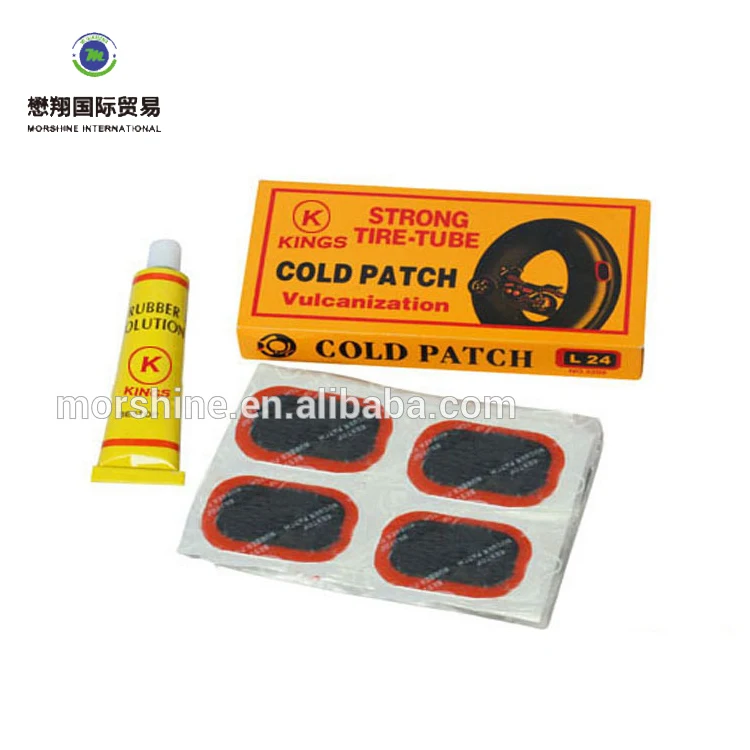
Emergency roadside plug repairs are NOT intended to be a permanent tire repair. Plugs and string repairs are designed to get you back up and rolling long enough to get home or to the nearest service center to perform a proper tire repair.
The common misconception with plug and string repairs is that because they hold air, they are safe to use. While it is true that many plug repairs do a great job of keeping air in the tire, that’s only part of the equation. Because they’re not completely sealing the injury, plug repairs may allow air and moisture to penetrate the body of the tire. Over time, this could lead to a dangerous (or even deadly) blowout.
A Patch-Only Tire Repair Leaves Your Tire Susceptible to DamageA tire repair that uses only a patch is also NOT considered proper or safe. A properly installed patch will do a great job of allowing the tire to hold air. However, similarly to the plug-only repair, the patch does not fill the injury channel. Therefore, air and moisture could seep into the tire from the tread surface and eventually damage the tire.
Therefore, air and moisture could seep into the tire from the tread surface and eventually damage the tire.
Only a proper patch/plug repair completely seals the puncture from inside the tire and through the entire injury channel. There are a few extra steps necessary to perform a proper tire repair in accordance with industry guidelines. We’ve developed a simple acronym to help organize and remember the steps: R.E.P.A.I.R.
 First, the injury is drilled out using a carbide cutter to strip away and damaged cords or belts. Next, the inner liner is cleaned and buffed to a slightly rough texture. This also helps maximize adhesion of the patch/plug repair.
First, the injury is drilled out using a carbide cutter to strip away and damaged cords or belts. Next, the inner liner is cleaned and buffed to a slightly rough texture. This also helps maximize adhesion of the patch/plug repair.There are a number of factors that may determine whether or not your tire is safe to repair.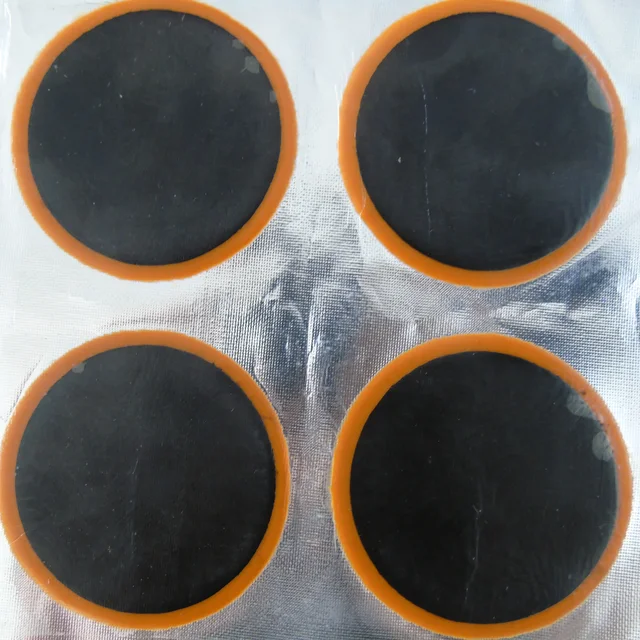 These factors fall into three main categories:
These factors fall into three main categories:
The occasional flat or leaky tire is an unavoidable part of life. But, taking shortcuts to repair it can be dangerous to you and your passengers. Take the time and do the research to do the job right and/or find a reputable tire repair shop trained in proper tire repair procedure.
Take the time and do the research to do the job right and/or find a reputable tire repair shop trained in proper tire repair procedure.
"Mushrooms"
Among all tire fitting consumables, the first place in terms of frequency of use is occupied by the so-called "fungi" - combined patches in the form of mushrooms with a sharp stem and a voluminous cap, which are used to repair pin punctures in tires.
Andrey Shumilin, general director of Vilse.ru:
– Fungi improve the quality and speed up the repair of all types of tires. Their leg and cap are covered with a special vulcanization layer, which ensures reliable vulcanization of the fungus and the tire both inside the damage and along the inner surface of the tire.
Despite their prevalence in the service, fungi do not allow repairing all damage. First, there are limits on the size of the damage. It should be small.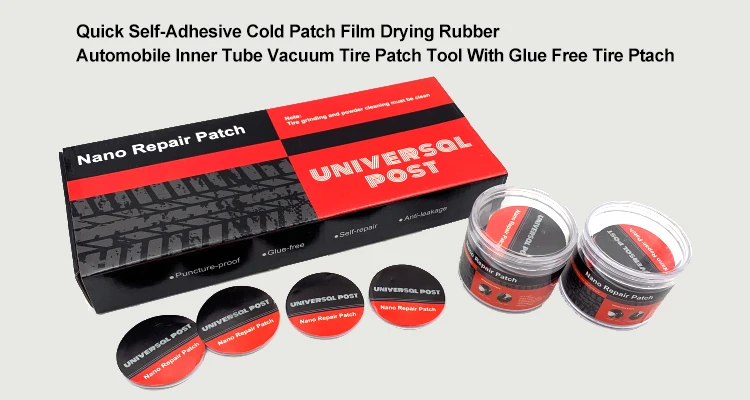 Maximum 6 mm for cars, 10–12 mm for trucks. And for high-speed passenger tires, this value is half as much. The second limitation is related to the place of damage: fungi can only repair the working part of the wheel, the one on which the tread is applied. Fungi are not used for lateral damage.
Maximum 6 mm for cars, 10–12 mm for trucks. And for high-speed passenger tires, this value is half as much. The second limitation is related to the place of damage: fungi can only repair the working part of the wheel, the one on which the tread is applied. Fungi are not used for lateral damage.
There are basically two types of fungi. Inseparable are used if it is necessary to eliminate a puncture directed strictly perpendicular to the plane of the tire. If the slope of the puncture exceeds 25 degrees, in this case a separate fungus is used: first, the “leg” is installed, and then the “hat” is attached to it.
The convenience of the fungus for service lies in the fact that no special equipment is required for its installation, since it is equipped with a special installation wire.
Fungus installation technology is quite simple. First, the inner surface of the tire is cleaned at the site of damage. For this, it is convenient to use special equipment.
Andrey Shumilin:
– Carbide cutters are used to prepare the puncture for repair.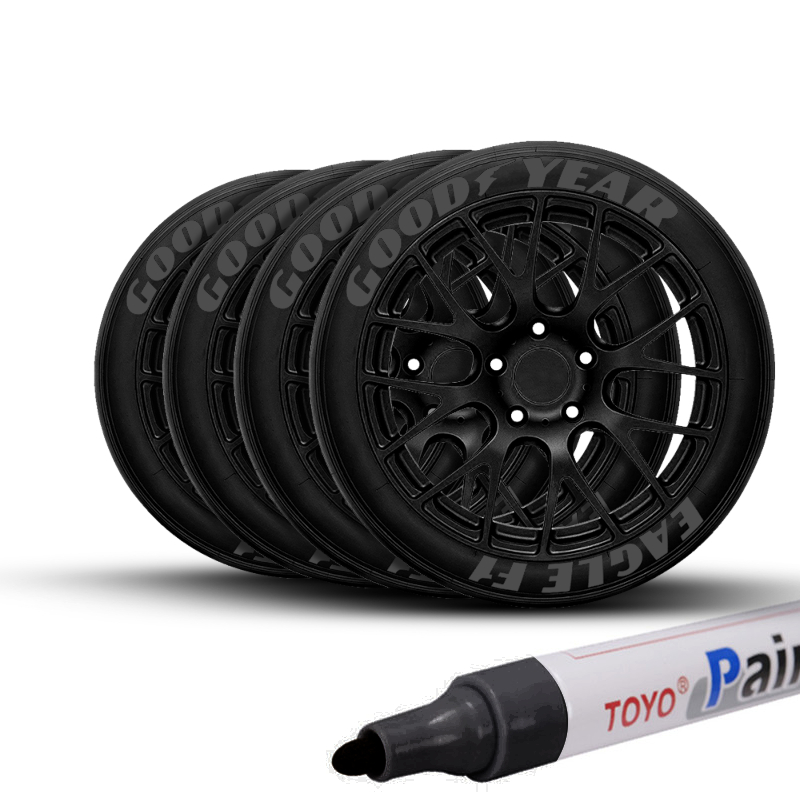 The procedure begins with the fact that the place of damage outside and inside the tire is determined and marked with chalk. Naturally, the object that damaged the tire is removed. Then, using a special spiral file, the angle of damage and its size are determined. As already mentioned, if the angle of damage exceeds 25 degrees, a composite fungus is used.
The procedure begins with the fact that the place of damage outside and inside the tire is determined and marked with chalk. Naturally, the object that damaged the tire is removed. Then, using a special spiral file, the angle of damage and its size are determined. As already mentioned, if the angle of damage exceeds 25 degrees, a composite fungus is used.
Then a patch of the right size is selected.
Roman Proskurin, technical director of Forsage:
– The size of the fungus is determined depending on the size and diameter of the damage. The fungus should be such that the diameter of its legs is 1-2 mm larger than the size of the damage.
On the inner surface of the tire, the border of the area is marked with chalk, which will then need to be prepared for the installation of the patch. This area should be 20–30 mm larger than the cap in diameter. After that, the cleaning of the working surface of the tire begins.
Andrey Shumilin:
– First, the repaired area is cleaned with a scraper and a special preparation (it is called a buffer cleaner). Then a hole is drilled under the leg of the fungus. It is more convenient to do this with a low-speed - up to 2500 rpm - drill. Drilling should start from the inside of the tire. After that, the working surface is again cleaned with a cleaner and polished with an abrasive tool at a rotation speed of not more than 2500 rpm. Then the rubber crumb left after grinding is removed with a vacuum cleaner or a soft brush.
Then a hole is drilled under the leg of the fungus. It is more convenient to do this with a low-speed - up to 2500 rpm - drill. Drilling should start from the inside of the tire. After that, the working surface is again cleaned with a cleaner and polished with an abrasive tool at a rotation speed of not more than 2500 rpm. Then the rubber crumb left after grinding is removed with a vacuum cleaner or a soft brush.
That's it, after that you can start installing the fungus. To do this, the hole for the leg of the fungus is processed using a spiral file. The file remains in the hole for some time. And the glue is also applied to the surface in the place where the fungus cap will be installed. Aged 3-5 minutes. After that, the fungus is installed. It is necessary to remove the protective film from it, without touching the adhesive layer with your hands. Remove the spiral file from the hole. And insert the metal tip of the fungus leg into it from the inside of the tire. Then, with the help of pliers, the stem of the fungus is pulled out onto the surface of the tire. The cap of the fungus is rolled with a roller from the center to the edges. Then the protective film is removed from the outer surface of the cap and the cap is rolled again with a roller - also from the center to the edges.
The cap of the fungus is rolled with a roller from the center to the edges. Then the protective film is removed from the outer surface of the cap and the cap is rolled again with a roller - also from the center to the edges.
The head edge and the bare surface of the tire are treated with an inner layer sealant. The protruding part of the leg of the fungus is cut off at a distance of 2-3 mm from the surface of the tire. The repair site is checked for leaks. Well, that's all. The repaired tire is ready for use.
With some dexterity, all these operations take an experienced tire fitter less than ten minutes, and this is taking into account the adhesive exposure. It is thanks to the simplicity and speed of repair that fungi have become so widespread on the market.
Now these materials are available in the lines of all suppliers of tire consumables. The choice is huge. There are European, and domestic, and Chinese manufacturers. Naturally, the price also varies greatly.
Andrey Shumilin:
- There are many manufacturers, both imported and domestic. European materials are considered premium. Their price may differ from the price of cheap fungi three times. At the same time, if you stick a cheap domestic fungus in compliance with all the technology, it will hold on perfectly.
Nevertheless, it is better not to be stingy and take not the cheapest mushrooms.
Roman Proskurin:
- It's better to take well-known brands. Despite the fact that there will be no big difference in the quality of the patch itself, regardless of whether European or Chinese material was used. But from the point of view of convenience in work, the difference can be significant. In fact, because of this, savings often turn into losses. Low-quality soft fungi are not always easy to install the first time. And as a result, it may turn out that, having bought patches on the cheap, the tire shop will end up spending more of them, and the apparent benefit will eventually turn into losses both in terms of money and the time spent by workers.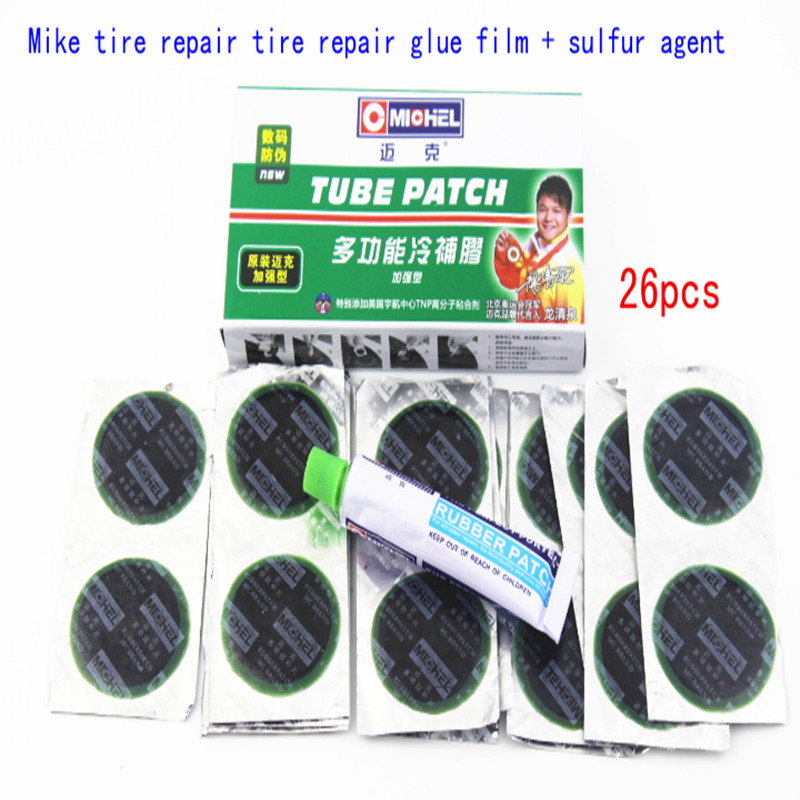
Fungi must be available at every tire shop. Moreover, in order to close all possible damage, the passenger service will need an assortment of at least four items - two sizes of each of the two types of patches, detachable and one-piece. The size of the fungi in this case can be 6 mm and 9 mm. This should be enough for almost all passenger tires. Those who deal with commercial vehicles will have to expand the assortment due to larger patches.
In addition to fungi, each tire shop should also stock cord patches.
Patches
These patches are for repairing the tire sidewall. The patches are designed to withstand high mechanical and thermal loads. Their reinforcing layer is formed in such a way as to provide high flexibility of the patch while maintaining strength, able to withstand the loads on the wheel during its operation.
Depending on which tires they are intended for and what type of repair they are intended for, such patches can be divided into several categories.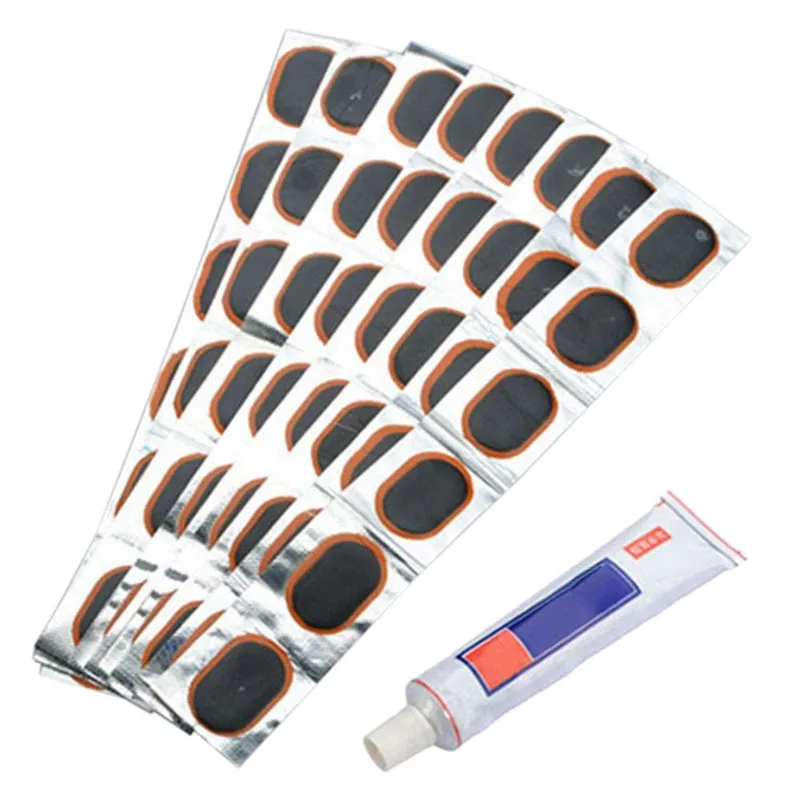 So, different patches are used to repair diagonal and radial tires. In addition, different patches can be used for hot and cold vulcanization.
So, different patches are used to repair diagonal and radial tires. In addition, different patches can be used for hot and cold vulcanization.
Depending on the type of tires, patches with one or two layers of cord are selected. Two-layer patches are installed on tires with a high speed index.
In addition, when choosing a patch for a particular wheel, one of the main criteria is the size of the damage. Patch manufacturers usually have tables that make it easy to sort them by the size of the damage.
As for the choice of manufacturers, as with fungi, you will have to choose from a large number of brands. Moreover, the cost of premium products will again be many times different from cheap samples. However, in the case of patches, it would be wrong to go for cheapness - it makes sense to start choosing only from the average price range. It is almost impossible to reliably repair a tire with low-quality, cheap patches. In this case, we are not necessarily talking about imported materials. Most domestic patches are of quite acceptable quality, despite the fact that they cost significantly less than their Western counterparts. The repair technology using cord patches is as follows.
Most domestic patches are of quite acceptable quality, despite the fact that they cost significantly less than their Western counterparts. The repair technology using cord patches is as follows.
Andrey Shumilin:
- It all starts with the fact that the puncture site is determined and marked with chalk. Then, using an abrasive tool and a low-speed drill with a rotation speed of not more than 2500 rpm, the cover rubber is removed around the damage on the outside of the tire and the walls of the crater are rounded off in the form of a funnel in rubber, the edges of which should be at least 20 mm away from the edges of the damage, and the depth - do not reach the tire carcass by 1–1.5 mm. Then, a chamfer is applied around the damage from the inside of the tire with an abrasive tool. The resulting crumb rubber and cord remnants are removed with a vacuum cleaner or a soft brush. Hot-curing glue is applied to the treated areas inside and outside the tire. It is aged for 15-30 minutes (depending on the temperature and humidity in the room) before drying.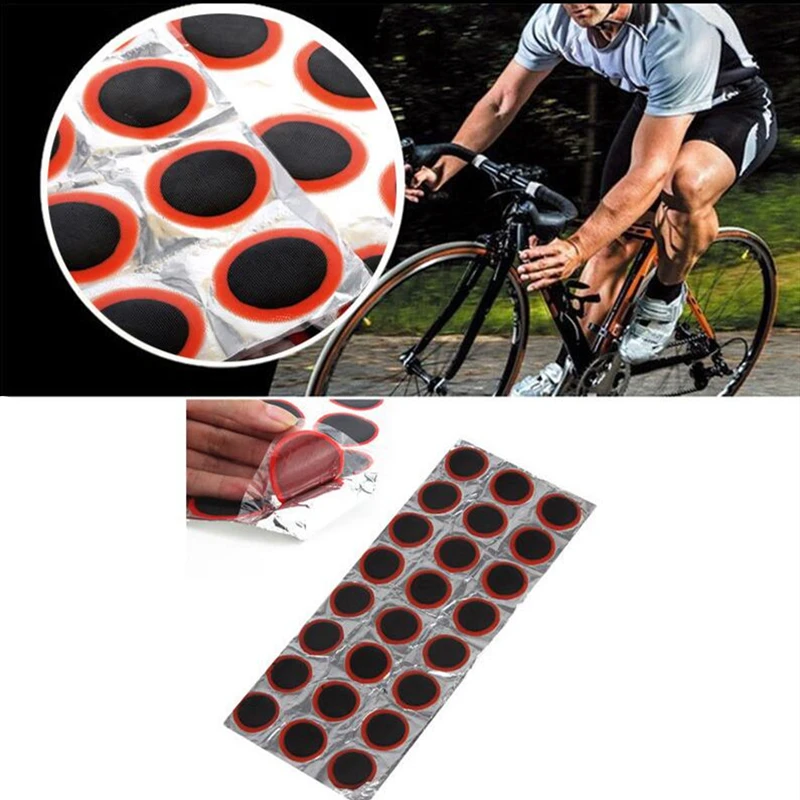 During this time, a piece of raw rubber is selected in accordance with the size of the damage crater and cut into small strips. After that, the rubber on the heater for raw rubber is heated to 60-70 degrees, the damage is filled with it and each layer is carefully rolled with a roller to remove air. Raw rubber should protrude 3-5 mm above the surface on the outside and inside of the tire.
During this time, a piece of raw rubber is selected in accordance with the size of the damage crater and cut into small strips. After that, the rubber on the heater for raw rubber is heated to 60-70 degrees, the damage is filled with it and each layer is carefully rolled with a roller to remove air. Raw rubber should protrude 3-5 mm above the surface on the outside and inside of the tire.
This is followed by vulcanization. To do this, the tire is mounted on the vulcanizer so that the center of damage coincides with the center of the heating elements. The heating elements of the vulcanizer must completely cover the funnel filled with raw rubber. The vulcanization time at a temperature of 15 degrees is calculated from the calculation of 1 mm of rubber - a minute of vulcanization. If using a leveling pad, you will need to add one hour to it.
After vulcanization is completed, the repaired surface is sealed with a patch.
Andrey Shumilin:
– The inside surface of the tire is preliminarily cleaned with a cleaner and treated with an abrasive tool. Then glue is applied to it. It dries in 10-15 minutes. And a patch is applied to the surface treated in this way so that its center coincides with the center of damage. It is rolled with a roller from the center to the edges. Even the edges of the patch and the surface of the tire cleaned from the inside are treated with an inner layer sealant. After that, the wheel is mounted and inflated to 1 atm. Excess rubber at the repair site is removed. The wheel is kept for 2 hours at a temperature not lower than 18°C. After that, the tire can be installed on the car.
Then glue is applied to it. It dries in 10-15 minutes. And a patch is applied to the surface treated in this way so that its center coincides with the center of damage. It is rolled with a roller from the center to the edges. Even the edges of the patch and the surface of the tire cleaned from the inside are treated with an inner layer sealant. After that, the wheel is mounted and inflated to 1 atm. Excess rubber at the repair site is removed. The wheel is kept for 2 hours at a temperature not lower than 18°C. After that, the tire can be installed on the car.
Patches and fungus are the main standard repair tools. However, in addition to them, so-called harnesses are used in tire shops, and every year to an increasing extent.
Harnesses
Harnesses are devices primarily for emergency tire repairs. Initially, they were created as a tool for express repairs. With their help, you can repair the wheel on the road. However, recently they have become widely used in tire shops.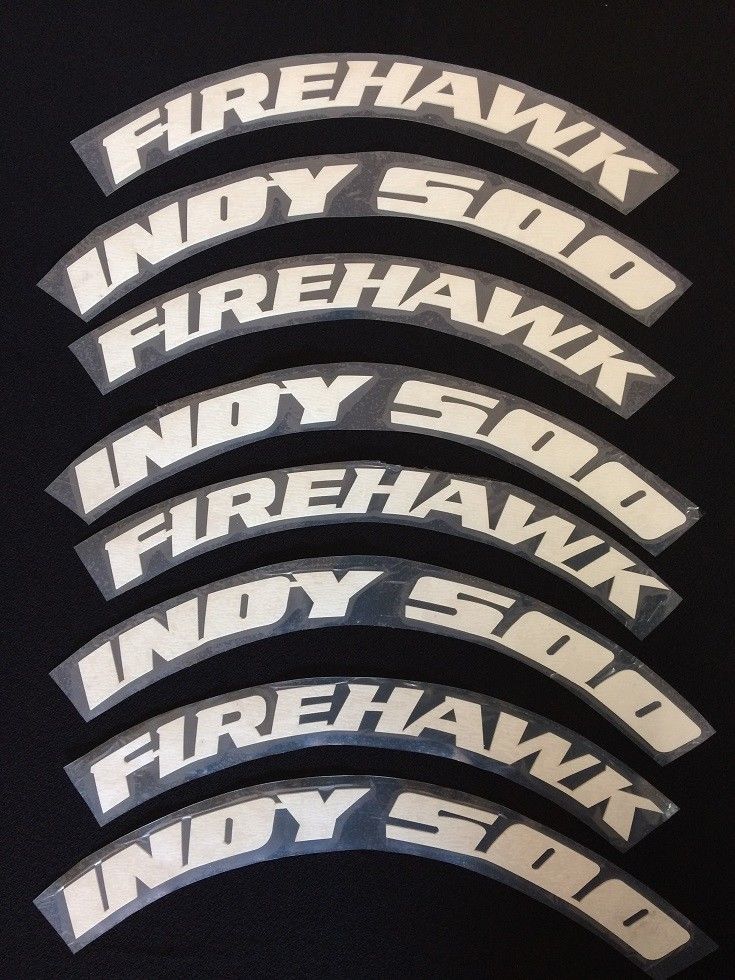
Bundles are considered less reliable than combination patches. However, according to our experts, if the technology is followed and high-quality harnesses are used, the repair results with their help turn out to be quite acceptable in order to offer them to customers as a quick and cheap repair option.
Roman Proskurin:
- In terms of reliability, the harnesses are considered worse than fungi, but in practice, such patches turn out to be quite reliable, and people often safely ride them until the end of the season.
Harnesses come in several different types. Reinforced harnesses can be used to repair tubeless tire punctures in any area. Their design provides flexibility and elasticity while maintaining high strength. The reinforcing cord is distributed over the entire cross section of the bundle and is completely impregnated with rubber to ensure tightness. The outer vulcanizing layer allows the harness to be welded into the tire, hermetically filling all cracks. They can be used to repair all types of tubeless tyres.
They can be used to repair all types of tubeless tyres.
The second type of harnesses are corded. Such harnesses are used to repair tires in the tread area. It is the most popular puncture repair material for tubeless tires. Made from synthetic cord impregnated with butyl rubber, these harnesses are strong enough to fit on any type of tyre.
Ideally, it makes sense for a tire shop to keep both types of harnesses in stock. At the same time, when buying them, as in the case of patches, you should focus on the middle or high price range. Only high-quality harnesses will allow you to repair tires on a more or less permanent basis. Harnesses are cheap - this is definitely an emergency option that can only be used in road conditions in order to be able to reach the nearest tire service. Accordingly, professional tire fitting is definitely not entitled to offer such harnesses to its customers.
Premium harnesses include products of European - primarily German and Italian - manufacturers. Their products are guaranteed to be of high quality. But when buying them, you need to understand that you are overpaying for the brand.
Their products are guaranteed to be of high quality. But when buying them, you need to understand that you are overpaying for the brand.
You can save money by choosing domestic harnesses. In terms of cost, they are usually one and a half to two times cheaper than their Western counterparts. And the quality of most domestic products is quite decent. As for China, there are a lot of chances to run into substandard. In the Celestial Empire, a huge number of handicraftsmen produce dubious products, in which real high-quality industrial "China" frankly drowns. Therefore, you can only buy Chinese harnesses from trusted suppliers who guarantee the authenticity and quality of their goods.
As for the harness installation technology, it is as follows.
Reinforced harnesses repair through damage to tubeless tires up to 6 mm in size. Repair can be carried out along the tread and on the sidewall of a tubeless diagonal or radial tire with a steel cord in the tire breaker. Moreover, such repairs can be carried out without dismantling the wheel. It looks like this: we determine and mark the place of damage with chalk. We bring the pressure in the tire to 1–1.5 atm. Remove the item that damaged the tire. Determine the direction of the damage and clean the damage with a spiral file. And we process the damage with it by rotating the tool in the hole clockwise. This operation is repeated three times. To speed up the process and obtain a better result, you can use a cutter with a diameter of up to 6 mm and a low-speed drill (up to 2500 rpm) to process damage. When the surface and the hole of the puncture are prepared, with a spiral file, rotating it clockwise, we apply glue into the hole, after which, just as it was when repairing with a fungus, we leave the file in the hole. We remove the protective film from the adhesive layer of the tourniquet, while trying to touch the tourniquet only at the very tip. We insert the tourniquet into the slot of the awl so that its ends are at the same distance from the slot. Or it is possible to fix the tourniquet in the slot of the awl only by the tip.
It looks like this: we determine and mark the place of damage with chalk. We bring the pressure in the tire to 1–1.5 atm. Remove the item that damaged the tire. Determine the direction of the damage and clean the damage with a spiral file. And we process the damage with it by rotating the tool in the hole clockwise. This operation is repeated three times. To speed up the process and obtain a better result, you can use a cutter with a diameter of up to 6 mm and a low-speed drill (up to 2500 rpm) to process damage. When the surface and the hole of the puncture are prepared, with a spiral file, rotating it clockwise, we apply glue into the hole, after which, just as it was when repairing with a fungus, we leave the file in the hole. We remove the protective film from the adhesive layer of the tourniquet, while trying to touch the tourniquet only at the very tip. We insert the tourniquet into the slot of the awl so that its ends are at the same distance from the slot. Or it is possible to fix the tourniquet in the slot of the awl only by the tip.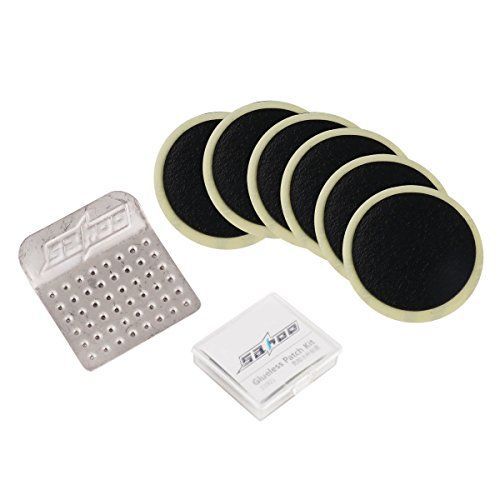 Lubricate the tourniquet with glue. We take out the file from the hole, rotating it clockwise, and position the tip of the awl with the inserted tourniquet opposite the hole. Smoothly, with a gradually increasing effort, we introduce the tourniquet into the hole at the same angle as the prepared hole. After the tourniquet enters the hole, we remove the awl from it without rotating it. The tourniquet remains in the hole. We inflate the tire and check it for leaks. If a leak is found, another harness will have to be inserted. If not, cut off the ends of the bundle at a level of 2-3 mm from the surface of the tire. And return the wheel to the car.
Lubricate the tourniquet with glue. We take out the file from the hole, rotating it clockwise, and position the tip of the awl with the inserted tourniquet opposite the hole. Smoothly, with a gradually increasing effort, we introduce the tourniquet into the hole at the same angle as the prepared hole. After the tourniquet enters the hole, we remove the awl from it without rotating it. The tourniquet remains in the hole. We inflate the tire and check it for leaks. If a leak is found, another harness will have to be inserted. If not, cut off the ends of the bundle at a level of 2-3 mm from the surface of the tire. And return the wheel to the car.
Cord harness repair technology is similar to that described. The only difference is that before installation in the hole, the tourniquet can not be smeared with glue.
All these consumables are used for tire repair. The next type of material is used for another purpose - for wheel balancing.
Weights
Depending on which wheels the weights are intended for, they can be of one of three types. Firstly, they are printed, there are self-adhesive. Self-adhesives are typically used when balancing premium wheels to avoid scratching them. But in principle, such weights can be used with any wheels. Stuffed ones can be installed on both regular and cast wheels - provided that the edges of the rim allow you to install weights on them.
Firstly, they are printed, there are self-adhesive. Self-adhesives are typically used when balancing premium wheels to avoid scratching them. But in principle, such weights can be used with any wheels. Stuffed ones can be installed on both regular and cast wheels - provided that the edges of the rim allow you to install weights on them.
Andrey Shumilin:
– Stuffed weights can be designed to operate with either steel or cast wheels. They differ in the bracket for which they are attached to the wheels.
When choosing weights, you need to be extremely careful and not save money by buying low-grade products. It is very easy to make a mistake here. Firstly, the weight of a low-grade weight may differ from the specified one, which will be an obstacle to proper wheel balancing. Well, the second point - sometimes workshops are faced with bad brackets, which are either not able to provide reliable fastening on the wheel, or, even worse, scratch expensive wheels.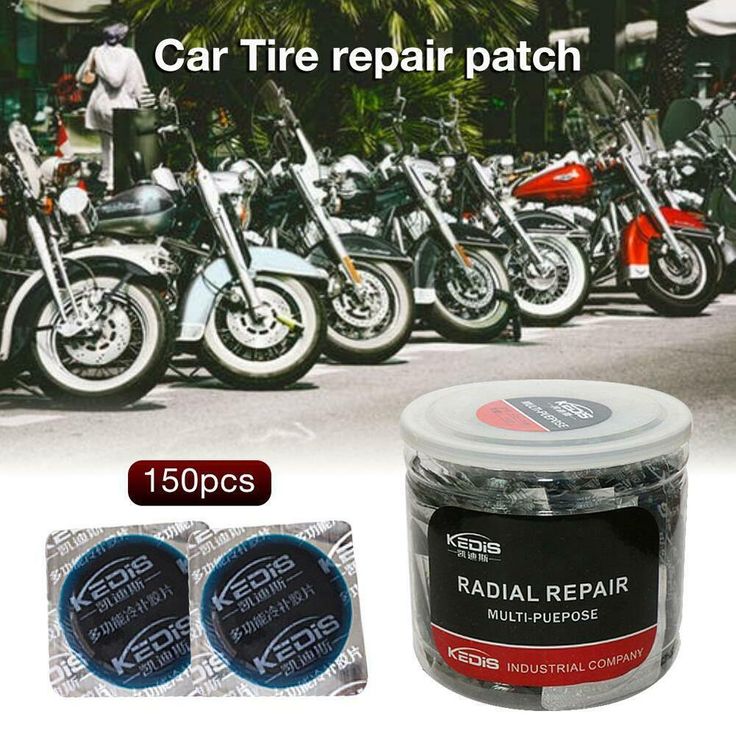 Therefore, it makes sense to buy either weights from eminent Western manufacturers, or from reliable sellers who can guarantee the quality of their goods.
Therefore, it makes sense to buy either weights from eminent Western manufacturers, or from reliable sellers who can guarantee the quality of their goods.
More than 1000 items
Profile training and consultations of specialists
Development of special plasters according to the client’s task
71 warehouses in the regions of Russia and CIS countries
Pneumatic ToolsTire Repair Materials
Tire Repair EquipmentChemical ComponentsTool
The new TRS range of materials has been developed specifically to repair the most difficult damage in all-size steel tires. The special technology of combined repair opens up new opportunities for craftsmen and allows you to return to service those tires that were previously considered unrepairable.
MoreDownload catalog
temperatures during the repair of tires and other rubber products for technical purposes.
More
Vulcanizing complex for repairing large truck and mining tires from 23.5R25 to 27.00R49
Programmable remote control that allows you to adjust the parameters of vulcanization, as well as technical control during operation.
Buy now
Cleansing paste is designed to clean the skin of hands
from strong industrial and other household contaminants (oils, greases, soot, graphite). Contains natural abrasive to gently and effectively clean
without damaging the skin.
After drying, completely restores its
properties when water is added.
Contains no organic solvents.
Buy
Compact vulcanization system "TP-1E" intended for refurbishment damage to tires and tubes of cars and light-duty vehicles cargo vehicles.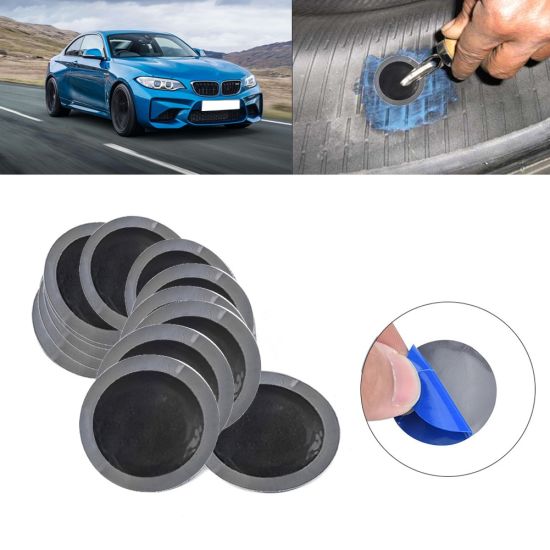
Vulcanizer has temperature control function vulcanization, which is displayed on the electronic device.
Thermocouple sensors keep the plate warm in a certain temperature regime, preventing large jumps
.
Read more
Tire repair and product reviews, production presentations.
Subscribe
This repair kit, as well as
tools, allows you to make power and
sealing repairs both in the season of "changing shoes",
and in the off-season. The kit includes
chemical vulcanization materials, which allows
to quickly and efficiently make express repairs.
Auxiliary information presented in the form of a
catalog and additional tables, posters,
will always come to the aid of the master when choosing a material or
repair technology.
Go to Overview
Rossvik is the only manufacturer that is ready to manufacture for you
professional consumables for
custom-made tires in the factory.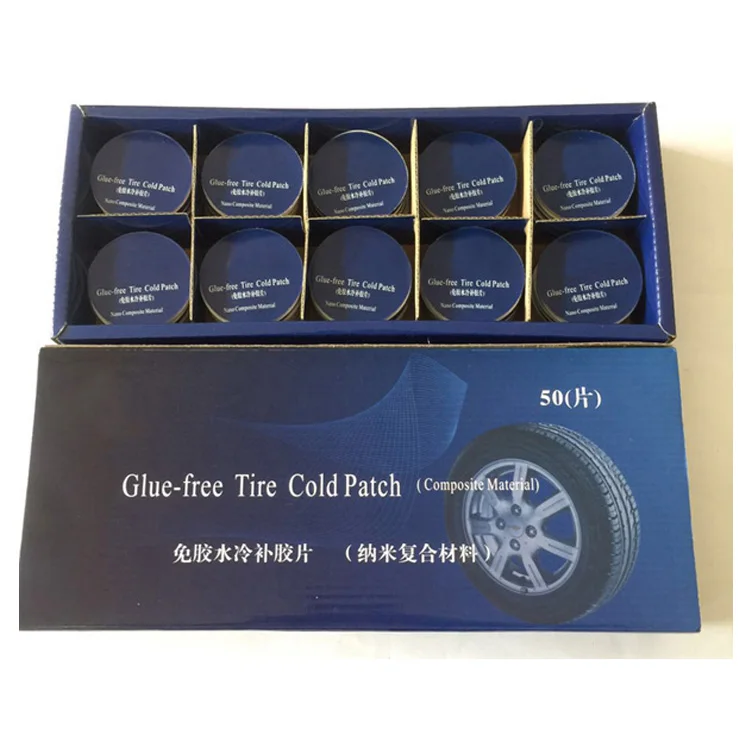
We will consult and find a solution
to the problem that has arisen.
There is a task!
The "Thermopress" vulcanizing system is designed for repairing damages on truck, agricultural and mining tires using the "hot" vulcanization method. It is also possible to use it to perform a cosmetic repair of damage, followed by the installation of a plaster, by the method of "cold" vulcanization.
Inquire
Due to numerous customer requests cord patches were launched into production R 16 (80x165), 1 ply cord,
10 pcs/pack
Buy now!
Repair auto chambers
Read more0002 Repair technologies
More details
TRS technology
More details
Rossvik dealer network unites distributors from Russia, Ukraine, Belarus, Kazakhstan, Kyrgyzstan, Uzbekistan, Tajikistan, Armenia, Mongolia and Moldova.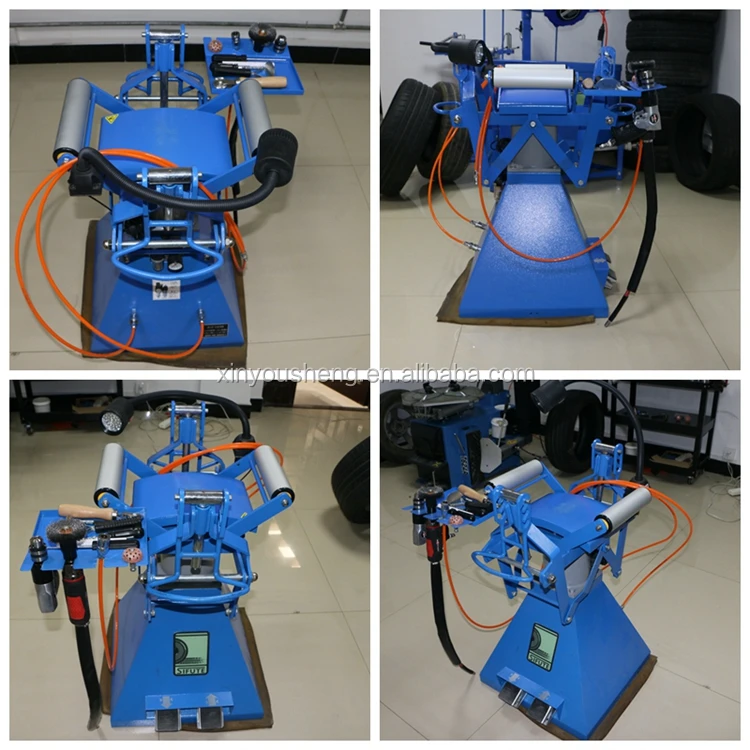 We are interested in attracting experienced partners with a developed sales network to cooperation, but we treat the proposals of newcomers with the same attention. For our partners, we offer a flexible payment system, discounts and specialized training by Rossvik specialists.
We are interested in attracting experienced partners with a developed sales network to cooperation, but we treat the proposals of newcomers with the same attention. For our partners, we offer a flexible payment system, discounts and specialized training by Rossvik specialists.
where to buy
Today Rossvik is the largest manufacturer of tire repair materials in Russia.
Our company was founded in 1996 as a result of the merger of a tire welding company and a network of tire shops. Since then, Rossvik specialists have been developing original technologies and repair materials that meet the difficult conditions of Russian roads.
As a result, today we are pleased to offer our customers a wide range of repair materials and chemicals of our own production for all types of repairs, as well as a wide range of tools and equipment.
We have a wide dealer network with hundreds of distributors throughout Russia and CIS countries.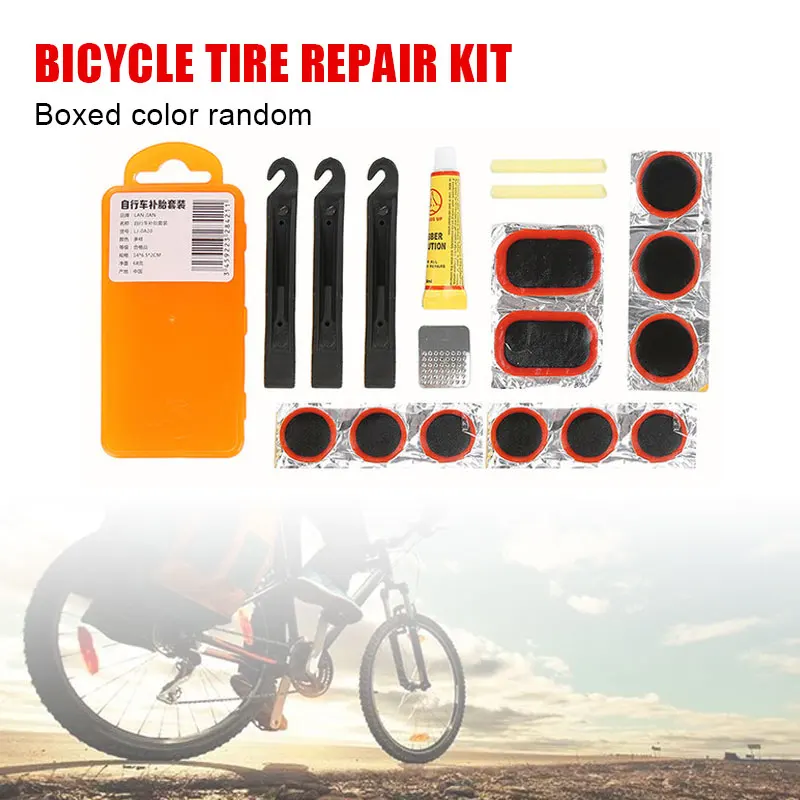 Thousands of tire repair shops use our products every day. workshops.
Thousands of tire repair shops use our products every day. workshops.
Printing house
Center for repairing tires
Chemistry production and roding chemistry
Cord for production
turning production
Production of rubber mixtures
Robotized assembly line
Vulcanization
I would like to tell you about my acquaintance with the firm Rossvik. To be honest, my acquaintance was not usual. In principle, I had an unusual acquaintance with the tire repair business.
This is a very interesting story, if necessary, I will tell you separately. I didn’t think at all that at the age of 32 I would have a tire service. But he showed up for me. Yes. At that moment, I did not understand at all what, where and how ... and especially why ... What I had at that moment: a 3x4 booth, a set of machines, a jack and a pistol. And different patches with the inscription "Rossvik". These were universals in a blister.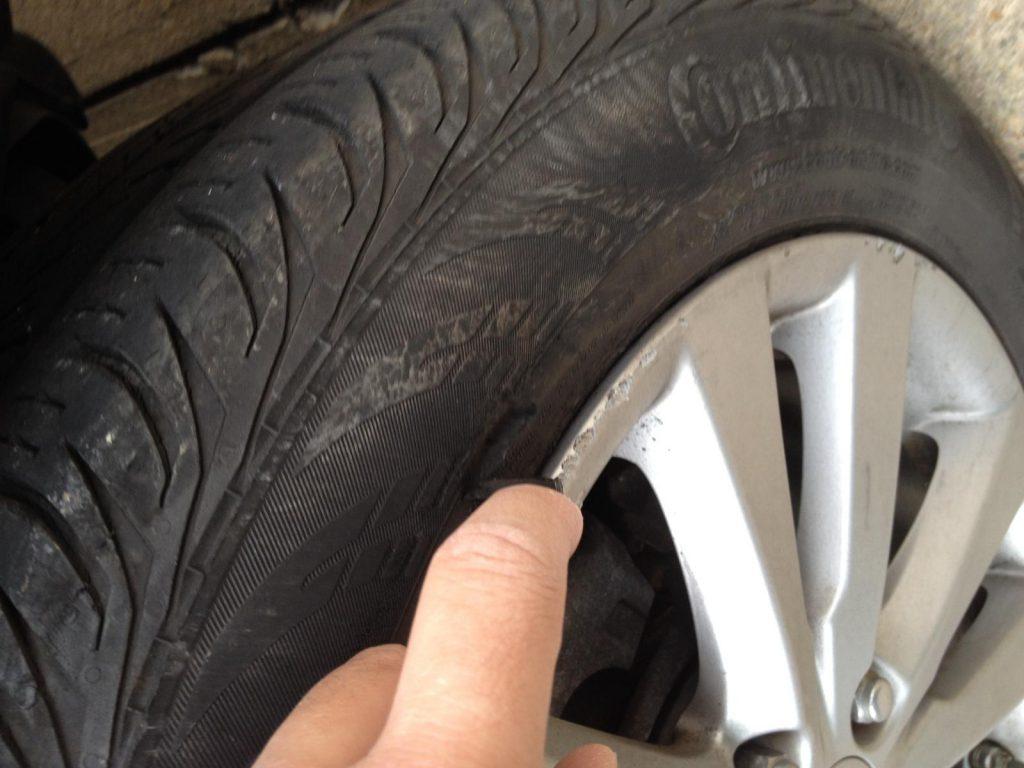 Since I was a complete zero, I absolutely did not like everything. But not because of the material, but stupidly - because of the inability to use it. It has nothing to do with the company in any way. It was just inexperience. Unfortunately, Rossvik, in my region, was not developed (and to this day) as a distributor's design bureau, or rather, the distributor treated and relate to design bureaus mediocrely. Which influenced my choice of rem material, as the other representative was more insistent. Everything was and is exclusively on fame. That is, if you knew where to buy the material - you bought it. I didn't know. Well, no one told me where to get it. This determined my further development in the workshop with another company. Since I myself worked for a very long time in the field of trade, I reached out to those people who worked in the same way as I did in my time. But this is a completely different story. Let's get back to the topic. Even when I started working with other rem material, I still got to know Rossvik.
Since I was a complete zero, I absolutely did not like everything. But not because of the material, but stupidly - because of the inability to use it. It has nothing to do with the company in any way. It was just inexperience. Unfortunately, Rossvik, in my region, was not developed (and to this day) as a distributor's design bureau, or rather, the distributor treated and relate to design bureaus mediocrely. Which influenced my choice of rem material, as the other representative was more insistent. Everything was and is exclusively on fame. That is, if you knew where to buy the material - you bought it. I didn't know. Well, no one told me where to get it. This determined my further development in the workshop with another company. Since I myself worked for a very long time in the field of trade, I reached out to those people who worked in the same way as I did in my time. But this is a completely different story. Let's get back to the topic. Even when I started working with other rem material, I still got to know Rossvik.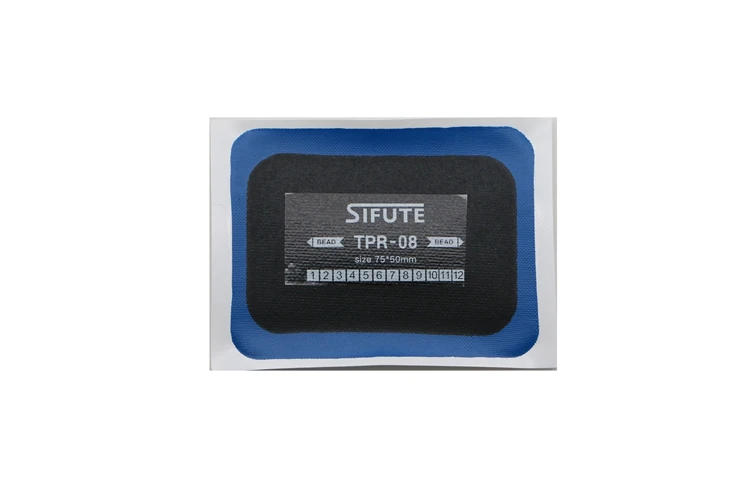 Twice. Since it was interesting for me to develop, I naturally watched everything that was posted on YouTube. I was looking for different communities in VK. And I found them. Several.
Twice. Since it was interesting for me to develop, I naturally watched everything that was posted on YouTube. I was looking for different communities in VK. And I found them. Several.
And even, not counting this as bravado, I supervise one, yet, not big, but already, in narrow circles, a serious public that fully meets the needs of the masters. On the wave of communication and searching for information about the correct tire repair, I met Kristina Khairullina.
This, I'm not afraid of this word, wonderful, responsible, reverently related to each master and to each issue, a person always finds common ground in the work and in relation to each of the masters. (This is my personal opinion, which has developed during the communication). Christina, it seems, should not even be given complex formulations, since her area of \u200b\u200bresponsibility is communication with all of us, but she always tries to find a consensus. This is exactly the Man I associate with Rossvik. I understand that for the material, for the connection of the activator with the adhesive of the patch, she is not directly responsible, but I am sure that it is precisely because of her attitude and love for her work and Rossvik that this connection becomes 50% stronger, only on her moral and volitional qualities.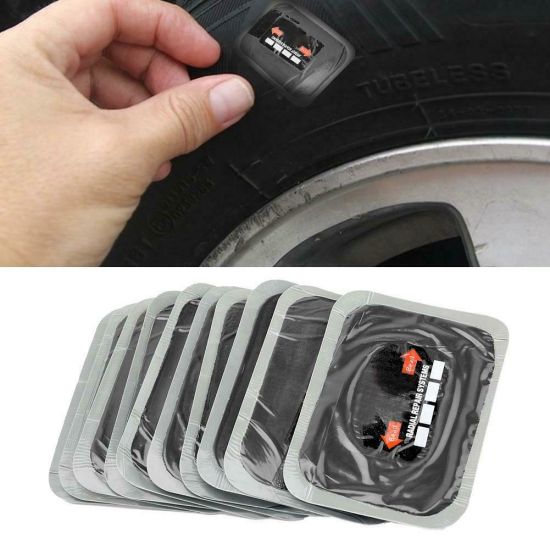 My second acquaintance with the firm Rossvik took place already three years after the beginning of my work. It was already a professional acquaintance at the highest level. It was a seminar where I got acquainted with GDP. Moreover, we already knew each other in absentia, I knew who he was, he knew that I was)). Of course, it was a storm, passion, emotions....
My second acquaintance with the firm Rossvik took place already three years after the beginning of my work. It was already a professional acquaintance at the highest level. It was a seminar where I got acquainted with GDP. Moreover, we already knew each other in absentia, I knew who he was, he knew that I was)). Of course, it was a storm, passion, emotions....
But, for me, it was one of the important stages in my learning and understanding how to properly repair tires. In one day, I met many good masters and learned a lot for my profession. I'll be honest. I still don't know what these people are outside Rossvik; but I, although I do not work with the material of this company, I think that these two people are ready to give everything for the sake of proper tire repair, and are fully associated with Rossvik. Always there and always ready to help with advice. Always in touch, MagShin. And while, in this company, there are these, in my opinion, the two most important people, Rossvik will always be on the hearing of the tire repair world. This is Christina and Vladimir. I know them.
This is Christina and Vladimir. I know them.
And I'm proud to know them.
And I am glad that they - know me (probably)
.
details
Time Rossvik
I got acquainted with Rossvik products in 2015 when I came to work at Remshin31 in Belgorod.
Had an idea about tire repair, but superficial. I was introduced to this more deeply in Remshin31. Here, immediately, the first thing I was given to understand was that the main consumable we sell is Rossvik.
Next, I got acquainted with all the Rossvik product lines. It was very easy to do, since their nomenclature positions are very accessible and clearly spelled out. Cold patches, hot patches, valves, chamber patches, etc.
After a month of work, I was already confidently selling consumables from this company. Yes, and people in our region willingly use these materials at their tire repair sites.
In the process of working, I began to understand that, in order to be more effective in my work and help clients, I need more knowledge about the material and its application in practice.![]() Just at that time, we started organizing training on Rossvik materials for customers of our store, in which I myself took part with pleasure.
Just at that time, we started organizing training on Rossvik materials for customers of our store, in which I myself took part with pleasure.
According to all reviews from people, Rossvik is the most reliable and time-tested material with the largest line of patches for every taste and color and for any type of transport. We are told: “If you don’t know what tire repair materials to use, you definitely can’t go wrong with Rossvik.”
More recently, 2 more seminars were organized in Stary Oskol and Belgorod. There were a lot of tire fitters interested in gaining new knowledge and skills in tire repair.
.
more
My acquaintance with ROSSVIK began from the moment when I started my work in tire fitting. At that time, I managed to graduate from the academy and serve in the army. I had no work experience at all. But I didn’t manage to work in my specialty, and soon the desire completely disappeared. I was looking for something that I did not yet know and did not know how to do.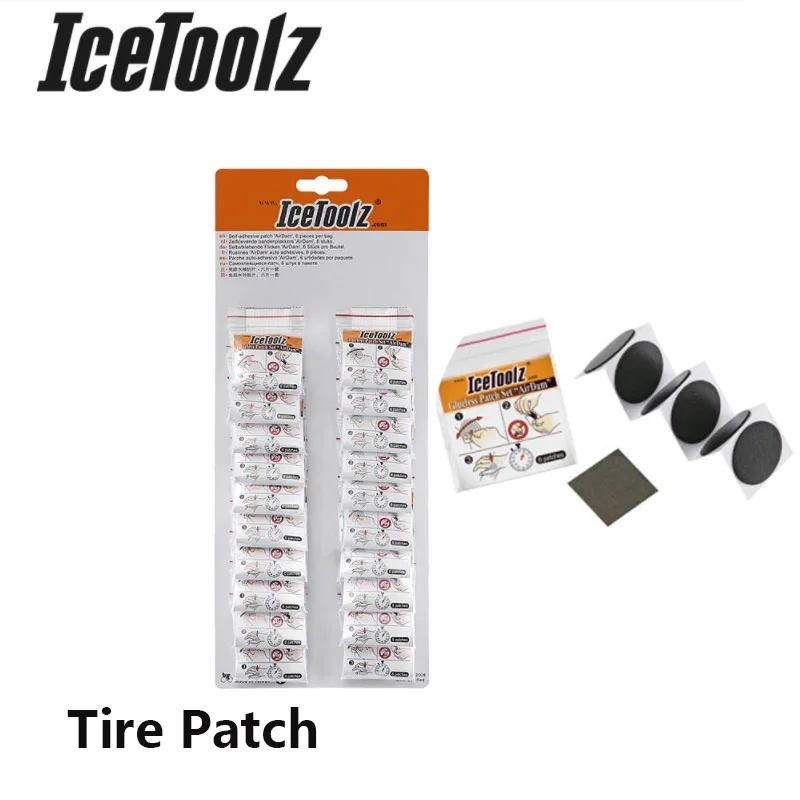 And then, by coincidence, I miraculously got a job in tire fitting. Up to this point, I was very far from the wheels, disks and in general from the car. And I did not know about the existence of the ROSSVIK company at all. You will laugh, but when I picked up the spool and began to screw it into the valve, I inserted it with the back side and screwed it on. Well, what can I say - a landscape designer. There were only flowers and projects in my head. Coming to my first official job, I set a goal - to learn this craft. But for this I simply needed practical experience and knowledge of theory. What helped me a lot was my senior partner, and, of course, ROSSVIK products. What would I do without you! I have been working for the fourth year, I like my job. Car repair is not only work with pieces of iron, but also with people. Often, cars are brought to us for tire fitting after repairs in other workshops to correct “hack-work”. The reason is that they do not cooperate with ROSSVIK, and naturally, the materials are not so durable and of high quality.
And then, by coincidence, I miraculously got a job in tire fitting. Up to this point, I was very far from the wheels, disks and in general from the car. And I did not know about the existence of the ROSSVIK company at all. You will laugh, but when I picked up the spool and began to screw it into the valve, I inserted it with the back side and screwed it on. Well, what can I say - a landscape designer. There were only flowers and projects in my head. Coming to my first official job, I set a goal - to learn this craft. But for this I simply needed practical experience and knowledge of theory. What helped me a lot was my senior partner, and, of course, ROSSVIK products. What would I do without you! I have been working for the fourth year, I like my job. Car repair is not only work with pieces of iron, but also with people. Often, cars are brought to us for tire fitting after repairs in other workshops to correct “hack-work”. The reason is that they do not cooperate with ROSSVIK, and naturally, the materials are not so durable and of high quality.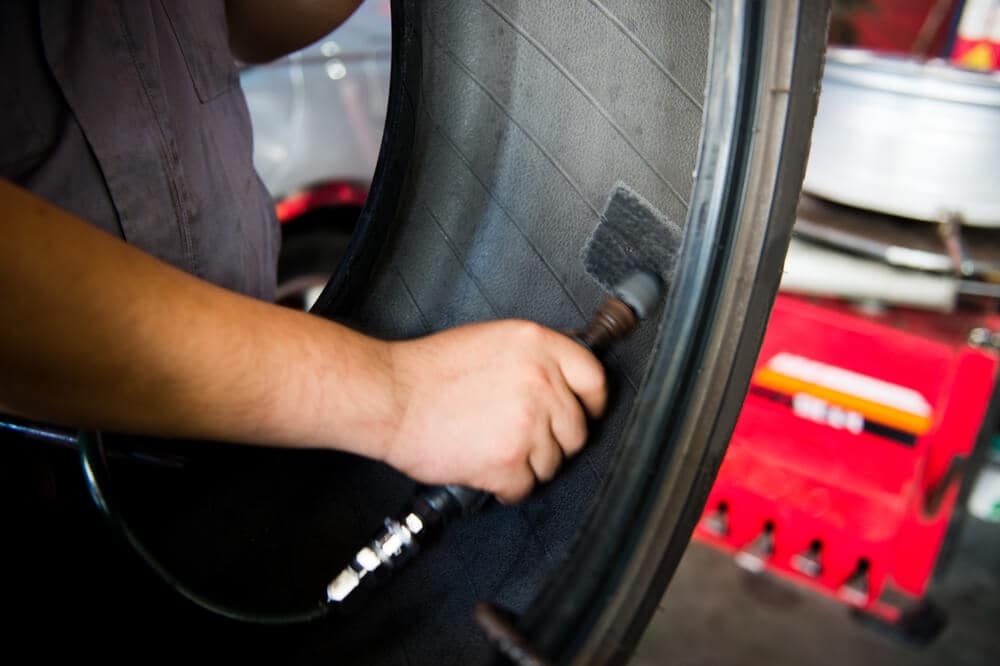 I try to explain to drivers the advantage of repairs made by us, using equipment and materials from ROSSVIK, and they agree with me. The renovation results speak for themselves. But I do not want to stop there, I plan to develop and strive for even greater results together with ROSSVIK. I am very grateful to the people who trust me, believe in me, and to the ROSSVIK company, which helps us improve and become real professionals in our field. Thank you everybody.
I try to explain to drivers the advantage of repairs made by us, using equipment and materials from ROSSVIK, and they agree with me. The renovation results speak for themselves. But I do not want to stop there, I plan to develop and strive for even greater results together with ROSSVIK. I am very grateful to the people who trust me, believe in me, and to the ROSSVIK company, which helps us improve and become real professionals in our field. Thank you everybody.
.
details
Unfortunately, I was not at the plant "enterprise" "ROSSVIK" and even at the seminar, but I hope, as soon as I have the opportunity, I will definitely fill this gap in my life. My acquaintance with the materials, the company "ROSSVIK" first happened in childhood. Like most children, the first transport was a bicycle. I lived in the village and all my free time my friends and I spent on the street, river, quarries, etc.
So about bicycles, you perfectly understand what kind of country roads and where only village children are not carried. Bicycle inner tubes were glued almost twice a day!!
Bicycle inner tubes were glued almost twice a day!!
I don't remember who and when was the first camera sealing teacher. Material used: For degreasing (triple cologne, something containing alcohol)
Glue (well, if the Moment) Cleaning (made by an ordinary used iron cap for twists, in which a lot of holes were pierced on one side with a nail, thus getting an ABRASIVE) We are approaching the topic of acquaintance with "ROSSVIKOM"
Thus, the repair of the efficiency of the patches was reduced 50/50 ... Having listened to the advice of one of the elders, we turned to Tire Repair, which was located in a nearby small town, for help. There I saw for the first time how the professionals glue and look wonderful, chambered patches of the company "ROSSVIK". For us, what we saw seemed to be something fantastic! This is not the end of the story. How I started working in a tire shop using ROSSVIK material. By the way, I didn’t think that I would work in a tire shop, all the more I would become the owner of “The same tire shop in which I glued bicycle tubes as a child” I think everyone knows the real salary of the working class and extortionate mortgage interest. .. I had to earn extra money on the weekends, and then I ran into the sphere of tire fitting. Just like everyone else, there were many mistakes, incomprehensible situations with glue, sealants, and almost all consumables ... But after the first "seasonal" change of shoes, you seemed to have passed the "sacrament of baptism" "with fire and sword"
.. I had to earn extra money on the weekends, and then I ran into the sphere of tire fitting. Just like everyone else, there were many mistakes, incomprehensible situations with glue, sealants, and almost all consumables ... But after the first "seasonal" change of shoes, you seemed to have passed the "sacrament of baptism" "with fire and sword"
Immediately mastered everything!! Since there is no opportunity and time to get to the seminar, but I want to develop and learn! I have to dig on the Internet, I ask questions to many tire fitting specialists, of course, not everyone answers this or that question, but the majority of the ROSSVIK participants who participate in the competitions answer!! By the way, publicly thank them again!! So little by little I get the missing information!!
And yes, I almost forgot ...
So I worked part-time for 5 years in a tire fitting.
As soon as I found out about its sale, I immediately bought it !!
I tried a large number of materials from various manufacturers .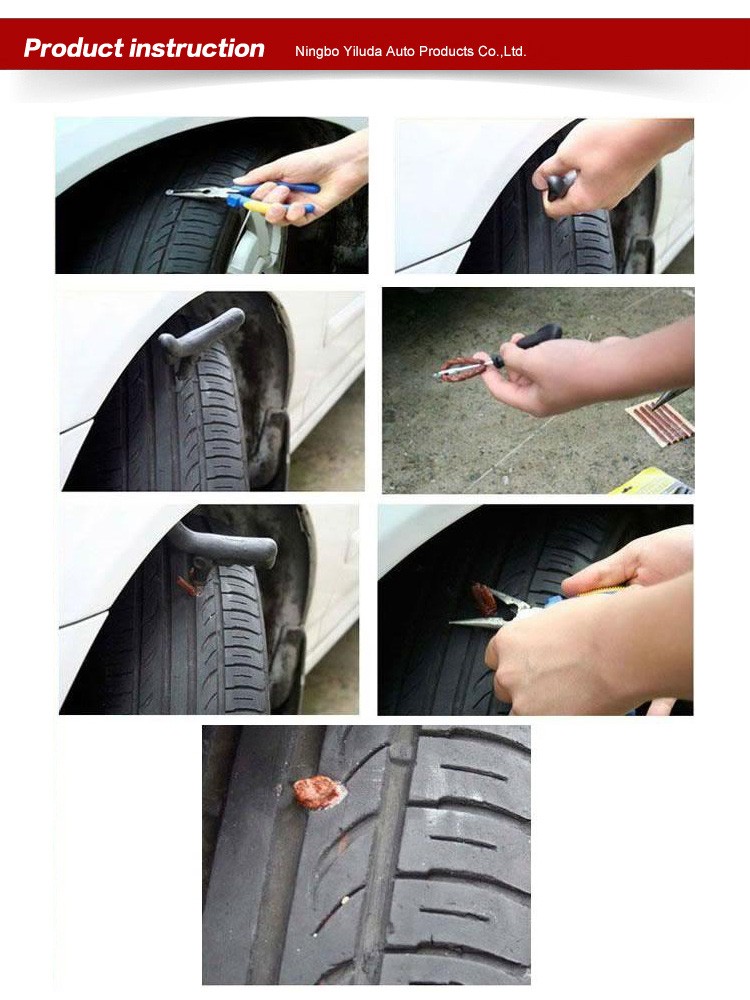 .. I settled on the company "ROSSVIK", as I decided for myself:
.. I settled on the company "ROSSVIK", as I decided for myself:
Price!! Quality!!
This is the most important thing in our common cause!!
"Now I'm not looking for something new, because everything is here!! Quality, reasonable prices and the best manufacturer in the world!!
There are no irreplaceable
- this is definitely not about this company!!
Thank you!! for a variety of extraordinary contests!! the opportunity to prove myself in something new!!
.
more
We would like to express our gratitude to you.
Thank you so much for the quality material and the opportunity to order
patches according to individual sizes.
Thank you to your staff for prompt assistance in emerging issues!
.
more
On behalf of all employees of Okay-Avto, Blagoveshchensk and Khabarovsk, we would like to thank our suppliers and partners - ROSSVIK.
Our collaboration began in 2002.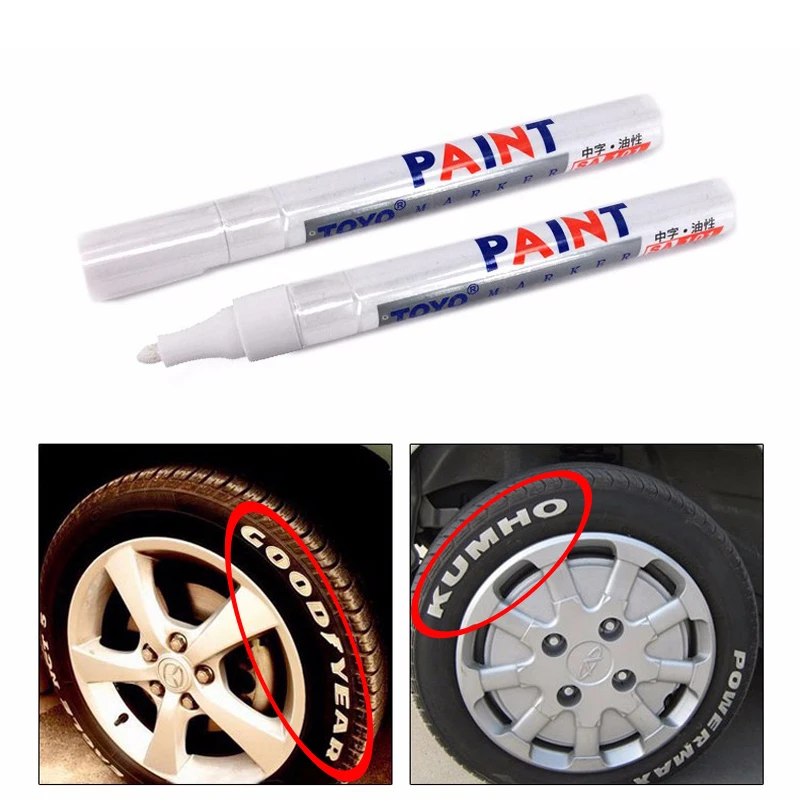 18 years of joint work have passed with full mutual understanding and partner support. We are grateful to ROSSVIK for its unchanging dealer policy and its control. It is she who has always given and gives us confidence in the future. We appreciate the price stability for ROSSVIK products and the quality of shipment from the factory, which is always on top.
18 years of joint work have passed with full mutual understanding and partner support. We are grateful to ROSSVIK for its unchanging dealer policy and its control. It is she who has always given and gives us confidence in the future. We appreciate the price stability for ROSSVIK products and the quality of shipment from the factory, which is always on top.
ROSSVIK always acts in the interests of the client as a dealer. as well as the end user of the product. Employees of the company are ready at any time to give advice and resolve any issue. The company devotes a lot of money and time to training end users, developing new technologies, studying demand and improving product quality.
The ROSSVIK brand is quality in everything: in materials, in service, in training, in technologies, in relations with clients.
We are glad to have such partners and look forward to further cooperation!
.
more
We got acquainted with the company "ROSSVIK" back in 2004.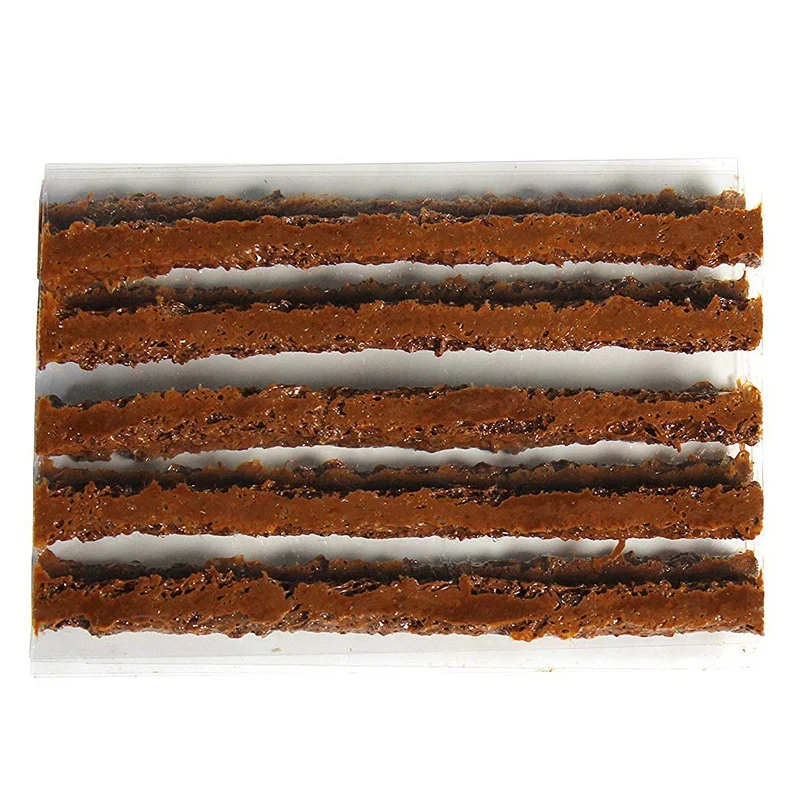 Even then, the management and employees of the company made a very good impression on us (sincere goodwill, openness, desire to help)! The leaders of the company have created a team of true professionals. Constant feedback from consumers, the company's desire to constantly work on improving the quality of its products, expanding the range, uninterrupted provision of its representatives in the regions, constantly updating design solutions, holding free seminars (we advise you to attend) throughout the post-Soviet space and much more the company as a leader in the production of tire repair materials in Russia. We were at the factory in December 2019This state-of-the-art production made a huge impression on us! Everything is organized for the fruitful work of the staff: competent and responsive managers will solve any issue, all hard work is mechanized, the vast majority of production processes are robotized. Clean bright workshops, excellent hygiene rooms, dining rooms with refrigerators, microwave ovens, TVs.
Even then, the management and employees of the company made a very good impression on us (sincere goodwill, openness, desire to help)! The leaders of the company have created a team of true professionals. Constant feedback from consumers, the company's desire to constantly work on improving the quality of its products, expanding the range, uninterrupted provision of its representatives in the regions, constantly updating design solutions, holding free seminars (we advise you to attend) throughout the post-Soviet space and much more the company as a leader in the production of tire repair materials in Russia. We were at the factory in December 2019This state-of-the-art production made a huge impression on us! Everything is organized for the fruitful work of the staff: competent and responsive managers will solve any issue, all hard work is mechanized, the vast majority of production processes are robotized. Clean bright workshops, excellent hygiene rooms, dining rooms with refrigerators, microwave ovens, TVs.